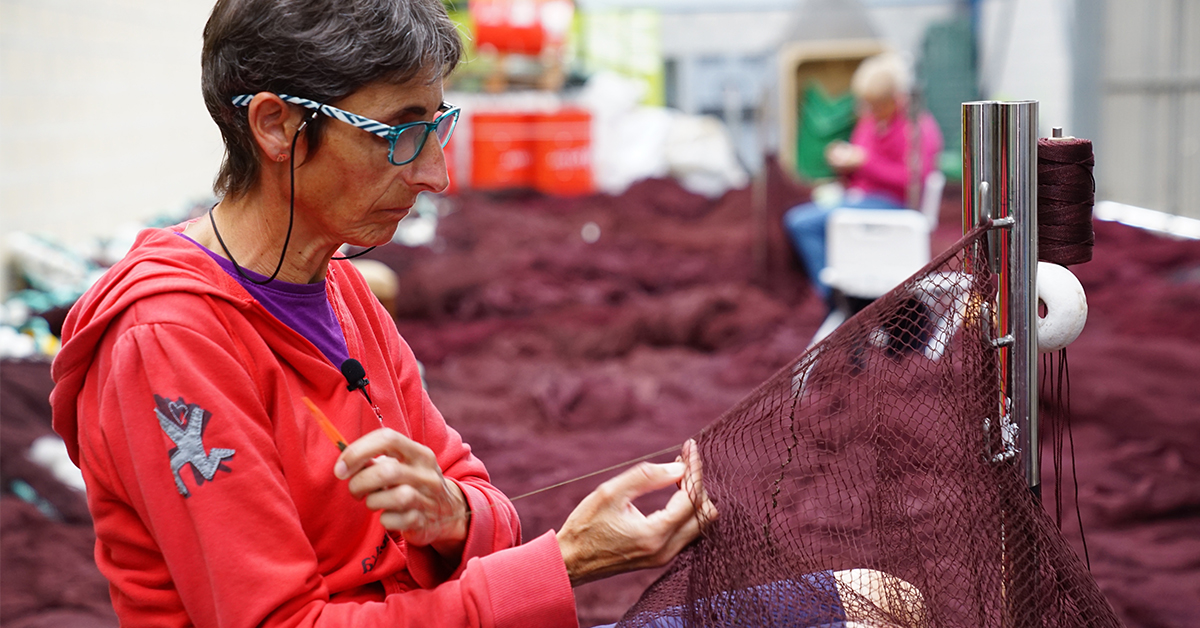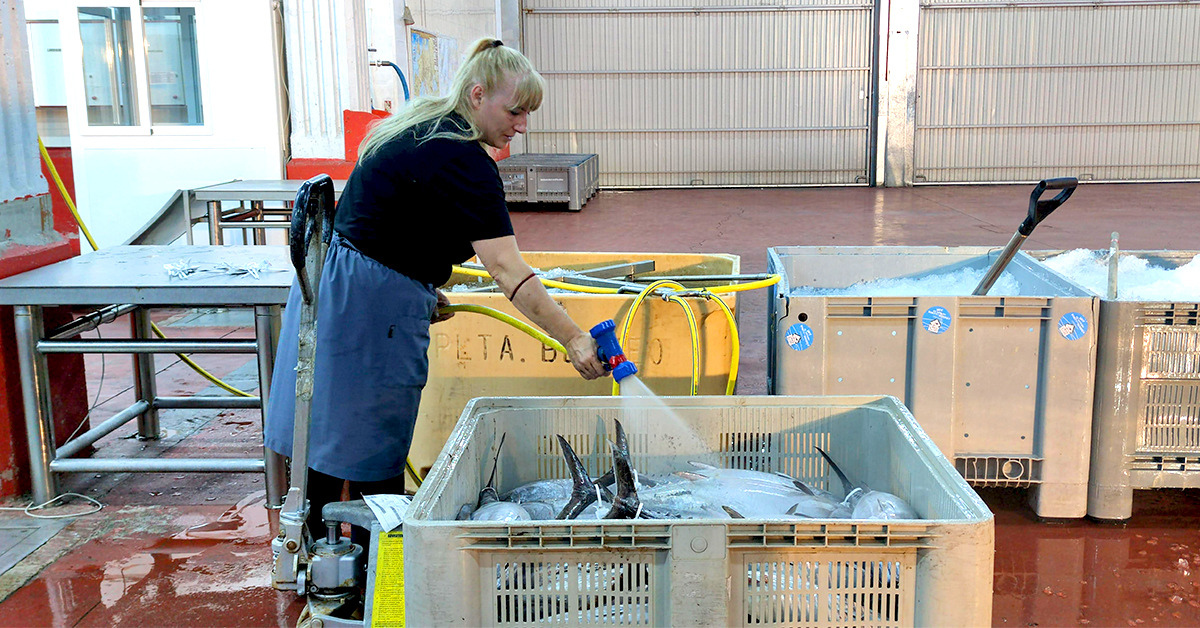Basque ethnography at a glance
The Geu be bagara itsasoa project was unveiled at the Itsasmuseum in Bilbao this morning. Representatives of the Labayru Foundation and the Basque Government were there, along with some of the women seafarers involved in the project and who have been its alma mater.
In fact, the project seeks to highlight and showcase the important work of generations of women seafarers; to shed light on the evolution of their trades and call for their well-deserved recognition.
In the same way as in other areas of life, men’s and women’s tasks have been clearly differentiated in the fishing sector. When talking about the sea, we always imagine fishermen setting sail in their boats, as men have always been the ones to go to sea. Meanwhile we imagine the women and their offspring waiting in the harbour. That is how they are depicted in the Costumbrista works of leading painters. But the role and importance of the women along the coast is much more important. It is not limited to the role of mother and wife, and goes much further. The women have been fundamental and essential in the fishing industry and in the port production chain.
We went to the fishing villages of Bizkaia – Bermeo, Ondarroa, Lekeitio and Santurtzi – to learn first-hand about those women and their work. We thus gathered the oral testimonies of three generations of women: the elderly who had known the fishing industry in its heyday; those who witnessed the decline of the sector and are about to retire; and other younger women who continue working in the fishing world despite the difficulties.
They include women net-menders, neskatillas (shore workers for the coastal vessels), packers (the women who sorted the deep-sea fish), pescateras, women working in fish factories, female ship owners (owners of fishing boats), office workers and businesswomen.
However, those women have many characteristics in common regardless of their trade. The majority of them come from a fishing family, are strong-willed women, work in precarious conditions… And consider the future of the seafarer to be very uncertain.
Their testimonies are the main source of information of this work published in two media (book and 12 audio-visuals).
They are women seafarers, tireless workers. Women who shine in their own right!!
Akaitze Kamiruaga
Popular Cultural Heritage Department – Labayru Fundazioa



